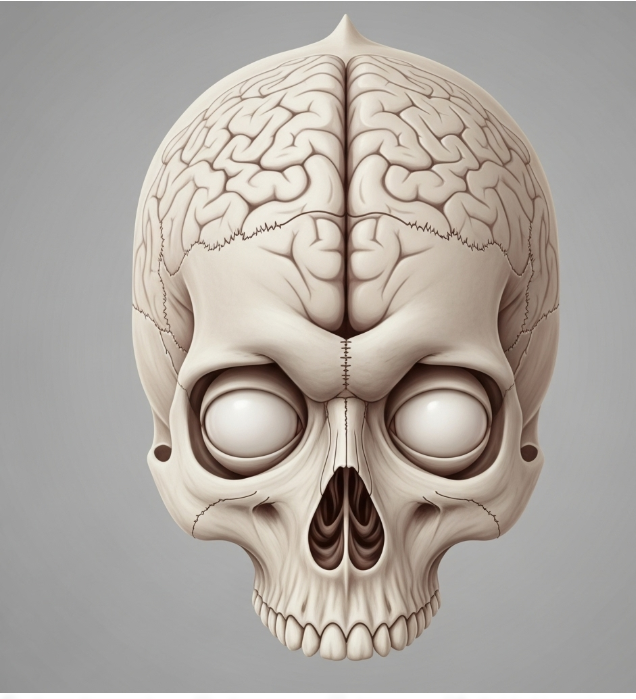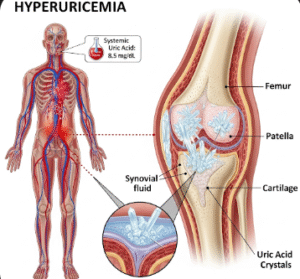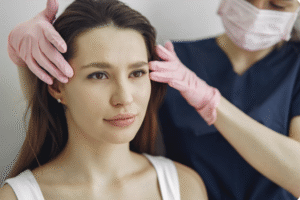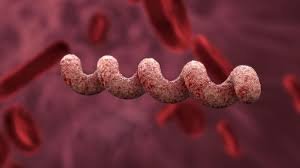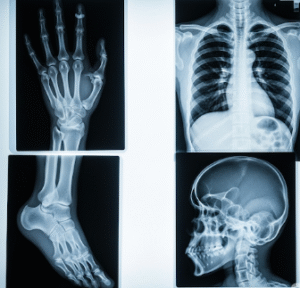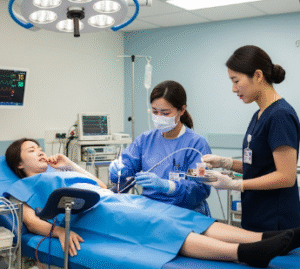Overview
Syndromic craniosynostosis is a rare congenital condition where the bones of an infant’s skull fuse prematurely, often as part of a genetic syndrome. Unlike isolated craniosynostosis, this form is associated with other abnormalities in the face, limbs, or other body systems. Early detection and treatment are essential to prevent complications in brain growth and development.
What is Syndromic Craniosynostosis?
Syndromic craniosynostosis occurs when the premature fusion of skull sutures is linked to a broader genetic syndrome, such as Apert, Crouzon, Pfeiffer, Saethre-Chotzen, or Muenke syndrome. The abnormal skull shape results from the early closure of one or more sutures, and other associated anomalies can affect the face, hands, feet, and internal organs.
Symptoms
- Abnormally shaped skull
- Bulging forehead or abnormal brow shape
- Midface underdevelopment
- Wide-set or bulging eyes
- Hearing loss
- Breathing difficulties
- Developmental delays
- Hand or foot deformities (e.g., syndactyly)
Causes
- Genetic mutations in specific genes such as FGFR1, FGFR2, FGFR3, or TWIST1
- Most cases are inherited in an autosomal dominant pattern, though some occur spontaneously
Risk Factors
- Family history of craniosynostosis or related syndromes
- Parental age (especially older paternal age)
- Known genetic conditions
Complications
- Increased intracranial pressure
- Vision problems
- Hearing impairment
- Developmental delays or intellectual disability
- Respiratory difficulties
- Psychosocial challenges due to facial appearance
Prevention
- There is no known way to prevent syndromic craniosynostosis since it is genetic.
- Genetic counseling for families with a history of the condition can help assess risks.
- Prenatal genetic testing may be considered in high-risk pregnancies.
Treatment Options in Korea
In South Korea, treatment for syndromic craniosynostosis is handled by specialized multidisciplinary teams at major hospitals such as Seoul National University Hospital, Asan Medical Center, and Samsung Medical Center.
Common treatment approaches include:
- Surgical correction (cranial vault remodeling or endoscopic surgery) to reshape the skull and allow for brain growth
- Midface advancement surgery for facial deformities
- Orthodontic treatment for dental and jaw issues
- Hearing and vision management through ENT and ophthalmology care
- Speech therapy and developmental support
Korea is known for advanced craniofacial surgery techniques, low complication rates, and comprehensive long-term follow-up program

